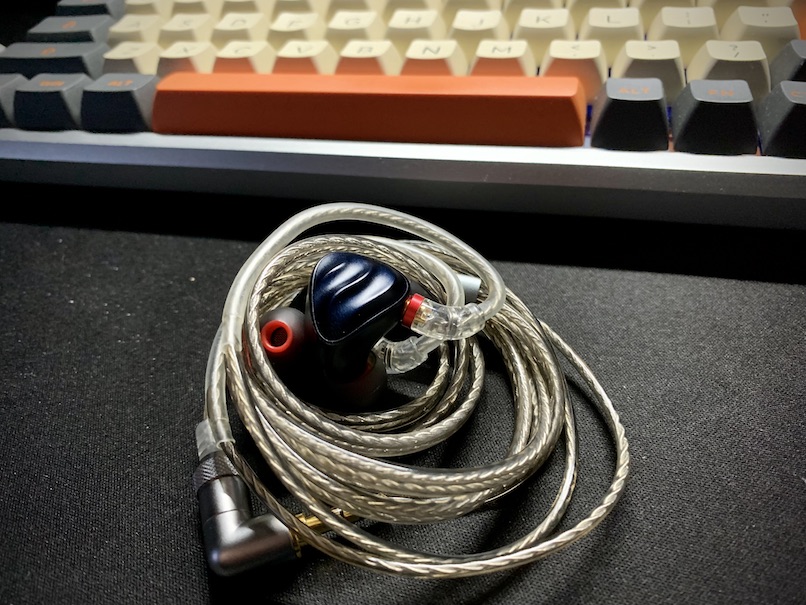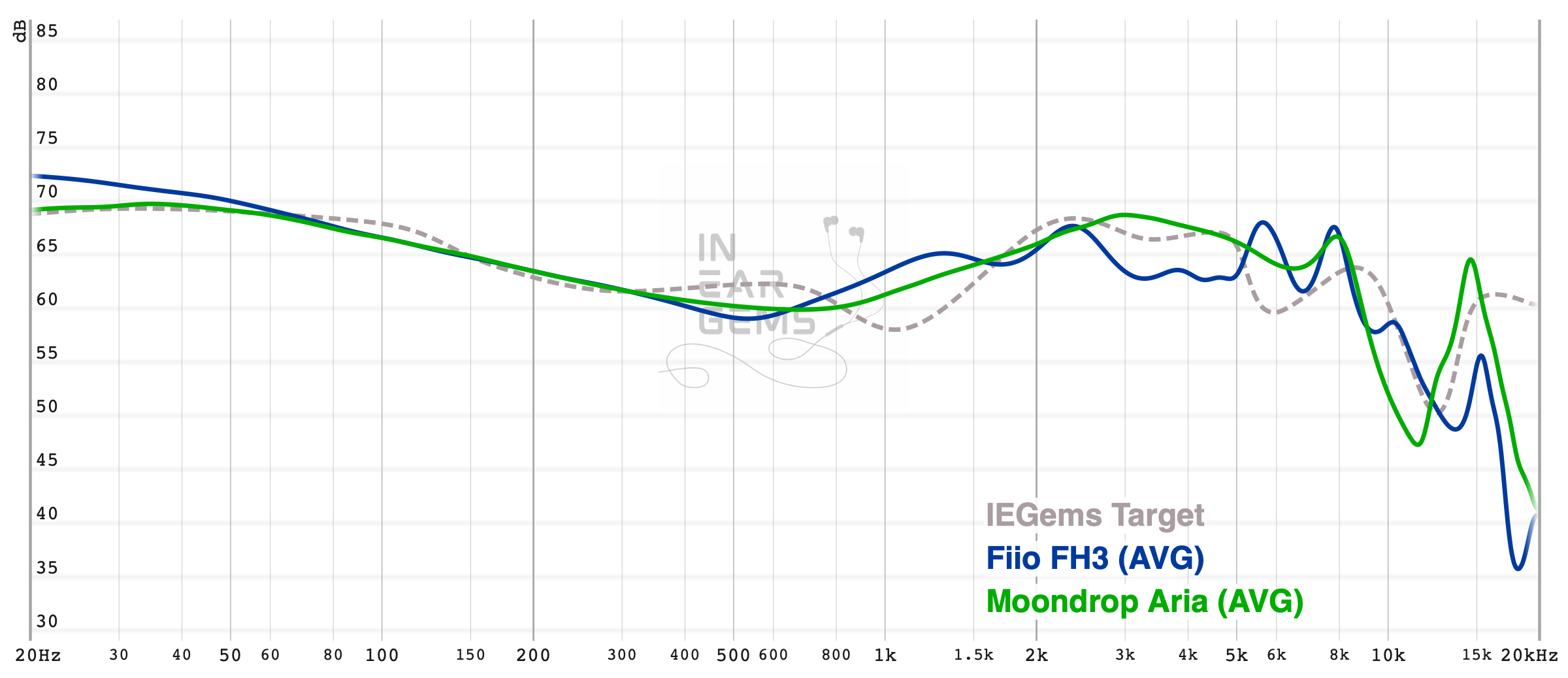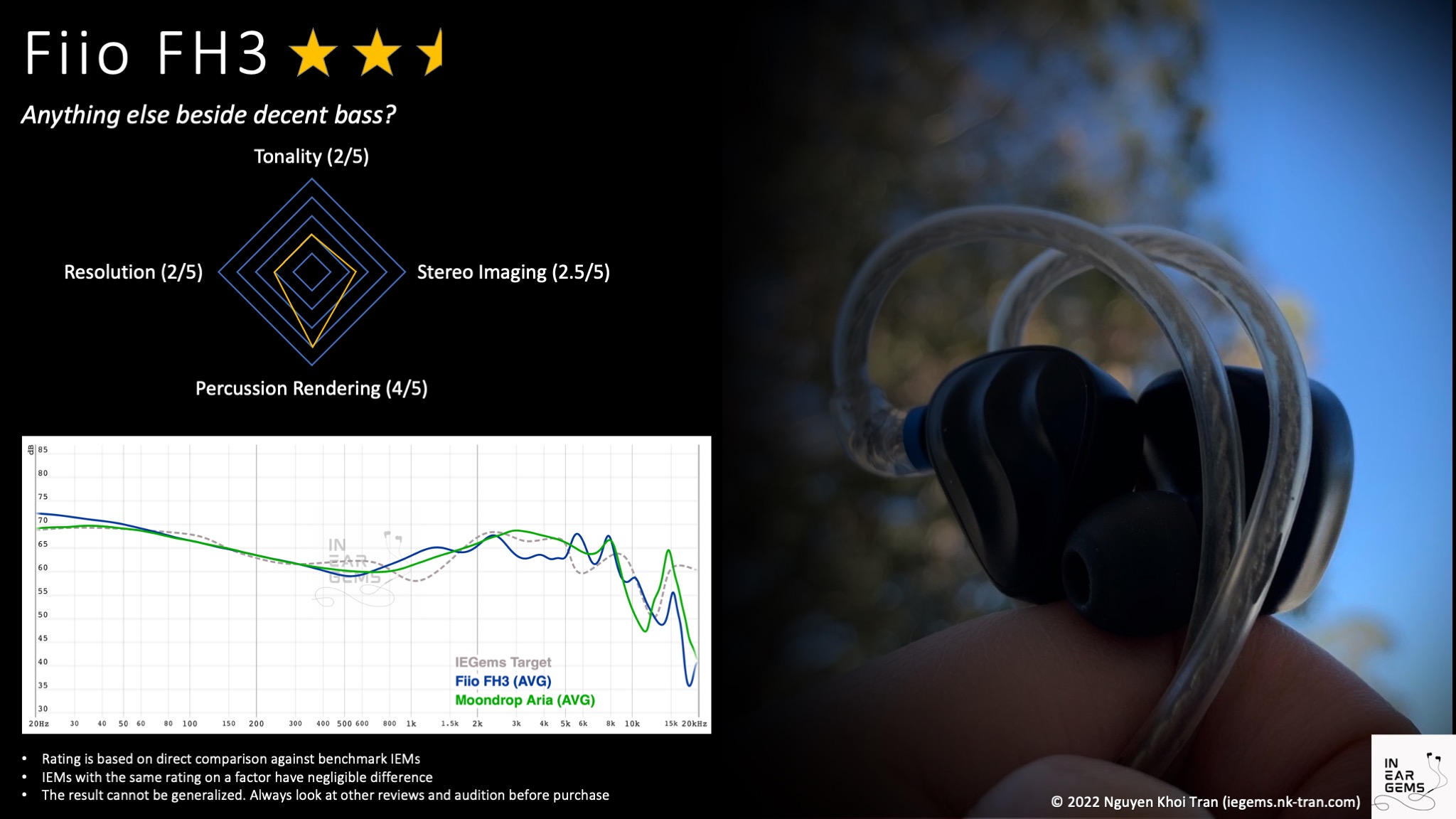Fiio FH3 - Anything besides bass?
 Welcome to another rapid-fire review where I try to share impressions of audio gear as fast as possible. Today, we talk about Fiio FH3, the first “audiophile IEM” that I have ever bought. In some sense, this IEM was my “first love” and the starting point of my whole IEM review hobby. How does it stand up to my scrutiny nowadays?
Welcome to another rapid-fire review where I try to share impressions of audio gear as fast as possible. Today, we talk about Fiio FH3, the first “audiophile IEM” that I have ever bought. In some sense, this IEM was my “first love” and the starting point of my whole IEM review hobby. How does it stand up to my scrutiny nowadays?
Summary for casual listeners: FH3 makes a good first impression with crisp sound and deep bass. Upon closer inspection, FH3 starts falling apart in tonality and soundstage imaging. This IEM is definitely not for me, but it does have a strong fanbase. Who knows, FH3 might be a suitable IEM for you.
Forewords
- This Fiio FH3 is my personal unit, purchased brand new from Addicted to Audio Adelaide for AUD $200.
- I believe that great IEM / earbuds / headphones must achieve multiple difficult things simultaneously: (1) high resolution, (2) 3D soundstage, (3) bold and realistic bass, (4) natural timbre and tonality. You can check out my ranking list to understand my preference.
- Test tracks can be found in the following playlist.
Non-sound aspects
- Accessories: Fiio is always top-notch in terms of accessories. FH3 is packed with a rugged pelican case and four sets of ear tips with noticeable differences in sound characteristics.
- Cable: Quite stiff with aggressive pre-formed ear hooks. Passable but certainly not enjoyable to me. It’s baffling that some people buy this cable deliberately for their IEMs.
- Handling: Earpieces are fully metal. They lock into my ears and stay there with confidence. Stability and comfort are certainly above average.
How it sounds
 Overall tonality: FH3 sounds lean, clear, and crisp. It does have a strong bass response, but the bass is tucked all the way to the sub-bass region, so you might find FH3 bass-light sometimes. The midrange of FH3 is nasally and in-your-face. Treble is generally well-behaved. However, there there is a bit of metallic timbre going on.
Overall tonality: FH3 sounds lean, clear, and crisp. It does have a strong bass response, but the bass is tucked all the way to the sub-bass region, so you might find FH3 bass-light sometimes. The midrange of FH3 is nasally and in-your-face. Treble is generally well-behaved. However, there there is a bit of metallic timbre going on.
Midrange: I’m not too fond of it. Imagine when you have a cold and try to sing with a stuffy nose. That’s how FH3 renders the male vocals of Andrea Bocelli and Ed Sheeran. String instruments, especially the violin, sound unnatural. The culprit here is the “hump” in midrange response around 1.25kHz. Interestingly, when Crinacle collaborated with Fiio to retune FH3, the critical change was getting rid of this hump.
Percussion rendering and bass: FH3’s bass hits deep. For example, every bass drop in Despacito creates a powerful “punch” in your throat yet does not mask the rest of the mix. Upon closer inspection, however, I found FH3’s bass notes lack sharp attack and texture.
Treble (5kHz to 20kHz): The treble of FH3 is generally polite. If FH3 is your first IEM, you could be surprised by how piercing the treble can be when you swap to other IEMs. Some harsh vocals, such as Ed Sheeran’s in Shivers, can still sound like ice picks to your ears sometimes. Cymbals and hi-hats are more muted and harder to hear than I expected. The treble “air” is also lacking, meaning you wouldn’t hear many micro details, reverbs, decays, and other good bits of “hi-fi” sound.
 Macro detail / clarity / separation: Decent. When the music is not too dense, FH3 separates different elements in the mix quite well. When the music gets busy, such as in dense orchestral music, FH3 starts to fall apart. Instruments start to mesh together, and the music becomes congested.
Macro detail / clarity / separation: Decent. When the music is not too dense, FH3 separates different elements in the mix quite well. When the music gets busy, such as in dense orchestral music, FH3 starts to fall apart. Instruments start to mesh together, and the music becomes congested.
Micro detail / texture / “resolution”: Poor. To put it simply, FH3 lacks nuances such as little vibrations in a vocal line or the texture of a string instrument. Everything sounds overly smoothened.
 Soundstage imaging: Wide but very shallow. The hump at 1.25kHz pushes the midrange right to your face, destroying all the depth perception and layering in the process. When I played games, I found that all the sound in front of me was unnaturally close. However, they are suddenly far away when the sounds move to the side.
Soundstage imaging: Wide but very shallow. The hump at 1.25kHz pushes the midrange right to your face, destroying all the depth perception and layering in the process. When I played games, I found that all the sound in front of me was unnaturally close. However, they are suddenly far away when the sounds move to the side.
Summary
Pros:
- Does not sound outright bad
- Decent bass
- Good build
- Generous accessories
Cons:
- Nasal tonality
- Shallow soundstage
- Textureless sound

